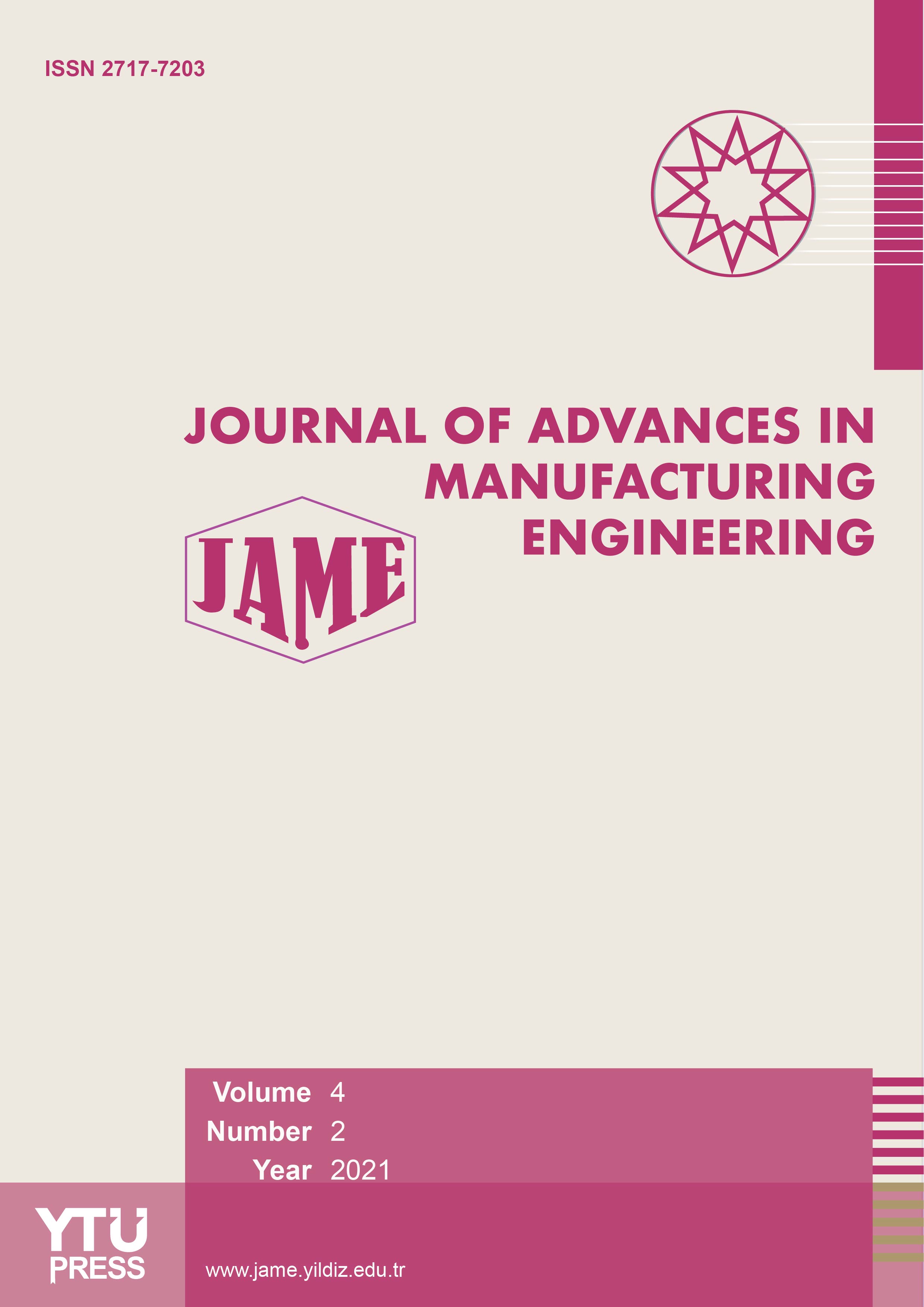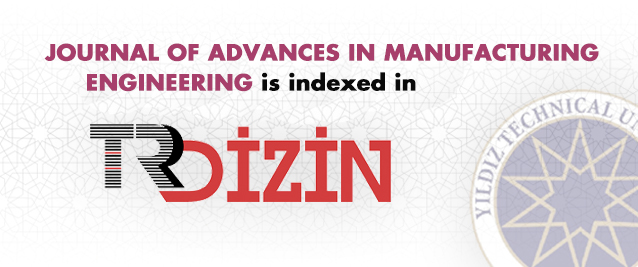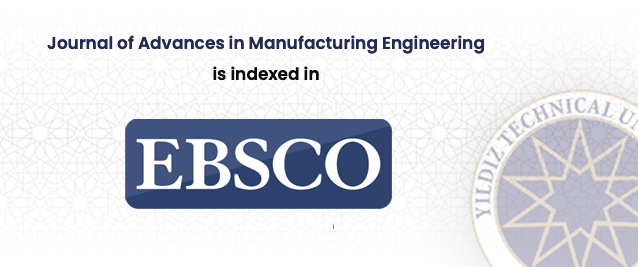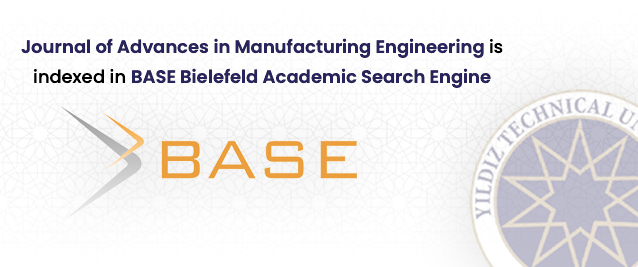2Department of Computer Engineering, Abdullah Gül University, Kayseri, Türkiye
Abstract
Tool wear is a critical challenge in machining operations, significantly affecting production quality, operational efficiency, and maintenance costs. Traditional approaches, such as sen-sor-based monitoring and material coatings, have limitations in accurately and proactively predicting tool wear in dynamic manufacturing environments. To address these challenges, this study explores the application of machine learning and ensemble learning methods to improve the reliability and accuracy of tool wear classification. We implemented five differ-ent algorithms: K-Nearest Neighbors (KNN), Decision Trees, Random Forests, LightGBM, and XGBoost, to predict the tool condition as "worn" or "unworn." Despite high individu-al model performances, each exhibited certain weaknesses, motivating the development of an ensemble learning approach. A soft voting classifier, combining KNN, Random Forest, and LightGBM, was proposed to overcome these shortcomings by leveraging the strengths of multiple models. Experimental results demonstrated that the ensemble method achieved superior performance, with an accuracy of 0.9968 on the unseen test dataset. This research highlights the potential of ensemble learning to provide robust, accurate, and generalizable solutions for tool wear prediction, contributing to smarter, more proactive maintenance strat-egies in manufacturing environments.














